The Rise of the Digital Fashion Model
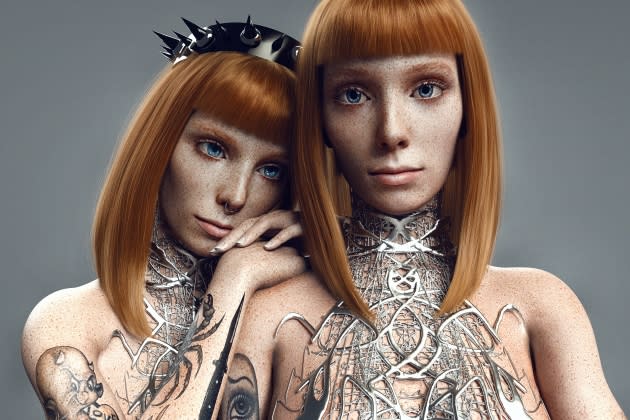
It’s a great time to be in the avatar business.
New York can attest to that, as an influx of digital people blanketed the city during fashion week, from the World Trade Center to Times Square to Brooklyn. The digital zeitgeist was impossible to miss — it’s not like a massive 3D representation of Karl Lagerfeld looms overhead every day, after all.
More from WWD
Although Cara Delevingne reportedly skipped the capsule launch for her Lagerfeld collaboration, “Cara Loves Karl,” at least her avatar was on duty. The digital character joined the late designer’s on a Times Square billboard in a campaign that injected the virtual world into the real one.
Meanwhile, in the Financial District, Nolcha Shows transported people to Web 3.0, where they could interact with models decked out in ChainGuardians Meta Street Wear line. Roblox and Tommy Hilfiger straddled both realities, with the brand’s return to the runways at Brooklyn’s Skyline streamed to its TommyPlay destination in Roblox. The partners also cocreated a new virtual collection, as seen on Superplastic avatars.
To observers, the variety of projects like these and others may seem exciting. Perhaps, also a bit chaotic. Graphic styles vary quite a bit, veering from blocky to cartoon-y depending on the tools or platform, adding up to a cacophony that can make it harder, not easier, to stand out. That applies to clothes, as well as the characters wearing them.
Indeed, digitally peopling the virtual world of fashion — a sector where the visuals are everything — may become as tricky as choosing just the right human models for real-life campaigns.
This scenario is giving rise to a new specialty for modeling agencies eager to plant a stake in the virtual world. Because apparently even digital people could use representation.
Nicole Bordeaux, founder of Los Angeles-based agency Photogenics, teamed up with Smashbox cofounders Dean and Davis Factor to create the “Avatar Division,” a new business unit that launched in September with a portfolio of 13 digital models. The concept takes a strategic left turn from the typical metaverse aesthetic, opting for fantastical, yet photorealistic avatars replicating real-life people. It’s a strategic choice, and it could help the Photogenics group stand out from the virtual fray.
Billed as “avant-garde” characters, the digital doppelgangers are based on human models Sedona Legge, Milan Dixon, Dasha Nguyen, The Fly Twins and others. Personality is important to the agency, so it worked with metaverse creative designer Nina Hawkins, aka Ninocence of Lilium Labs, and 3D filmmaker Sage Morei to ensure the avatars have a voice and a sense of expression and style, like the originals. The designers even brought in their own avatars.
Another fascinating tech twist is that Hawkins used an iPhone to capture their likenesses. The smartphone pics formed the “face mesh,” the initial structure for the design that she would later build out and refine. In the end, the effort was informed as much by her fashion background as her technical skills.
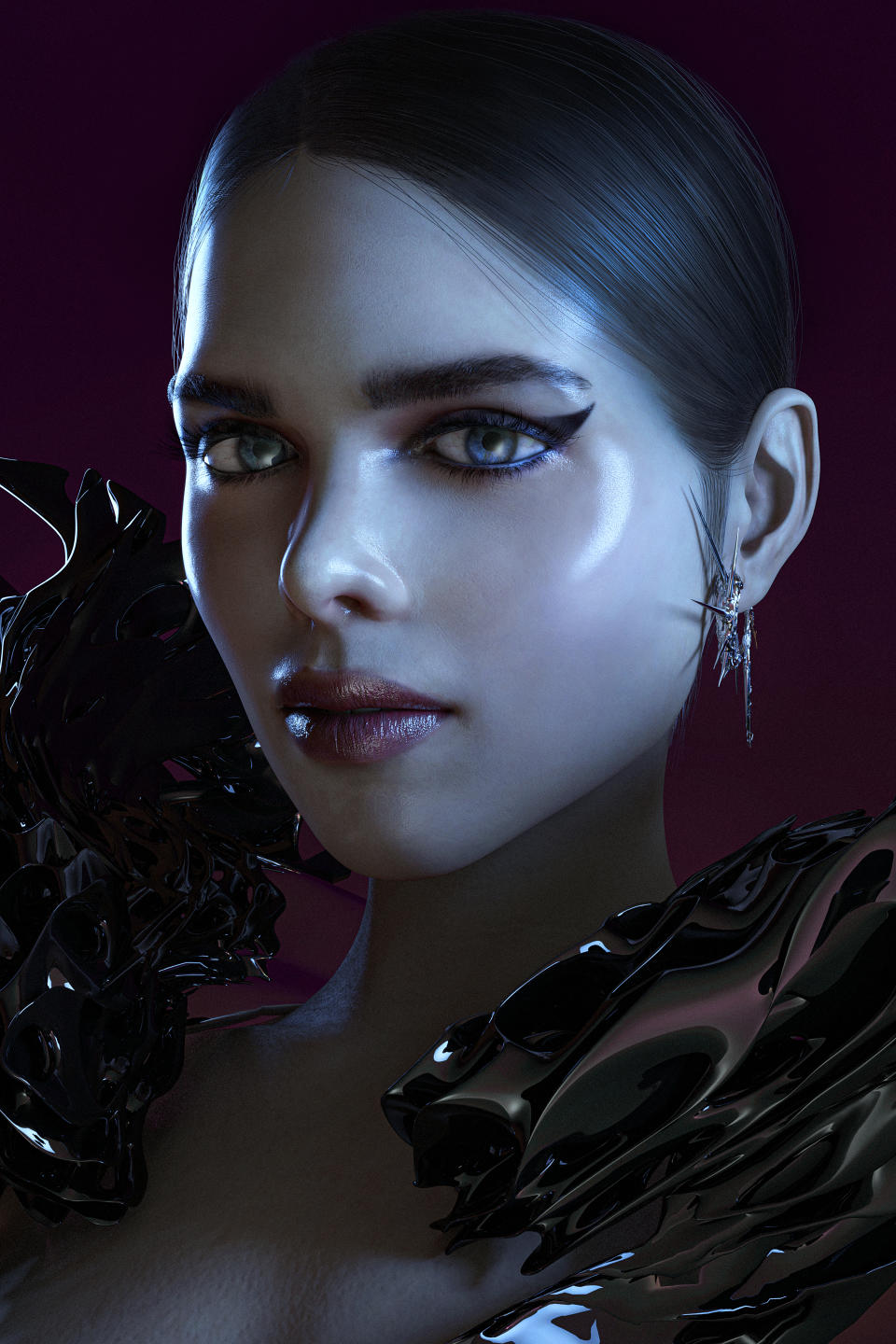
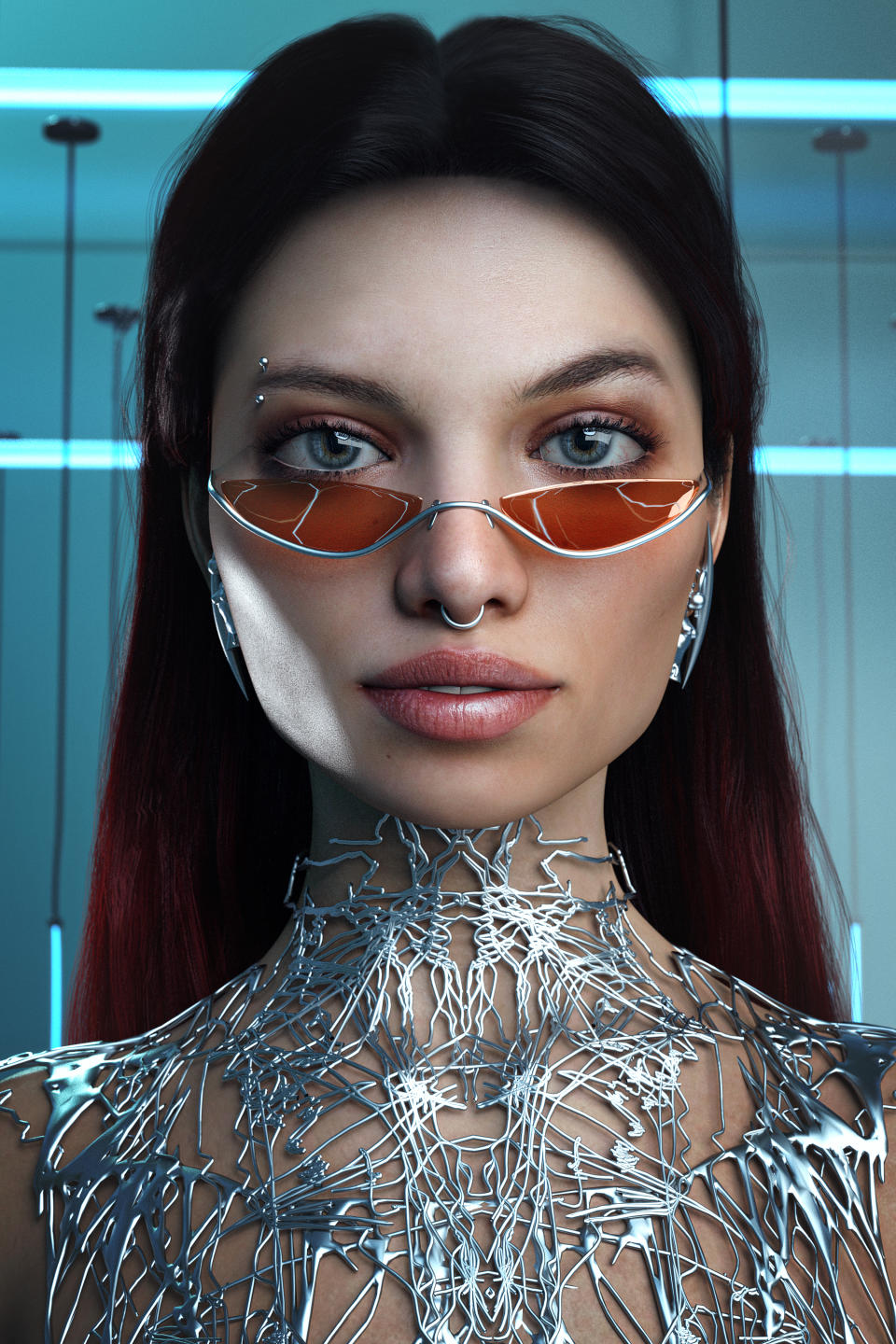
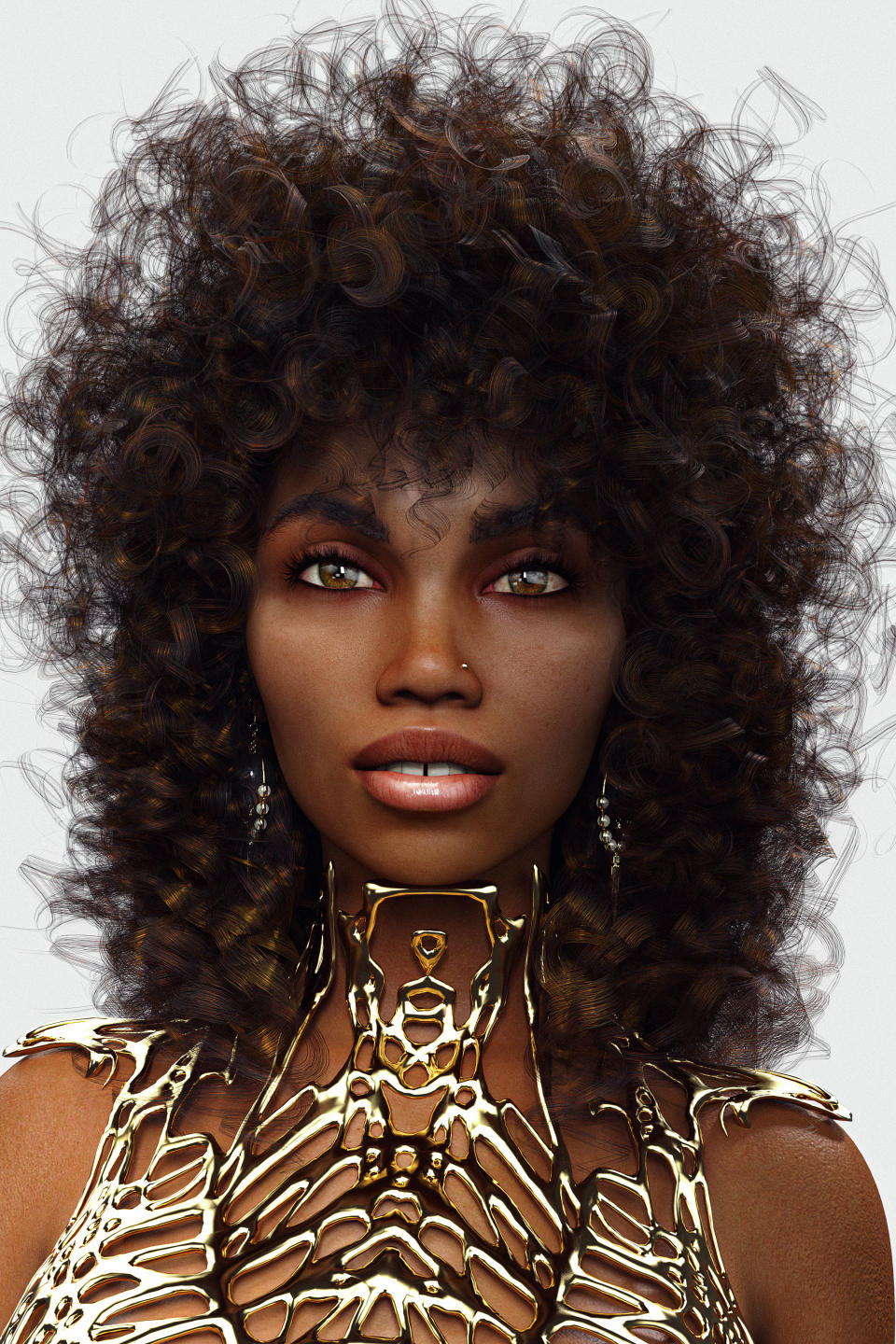
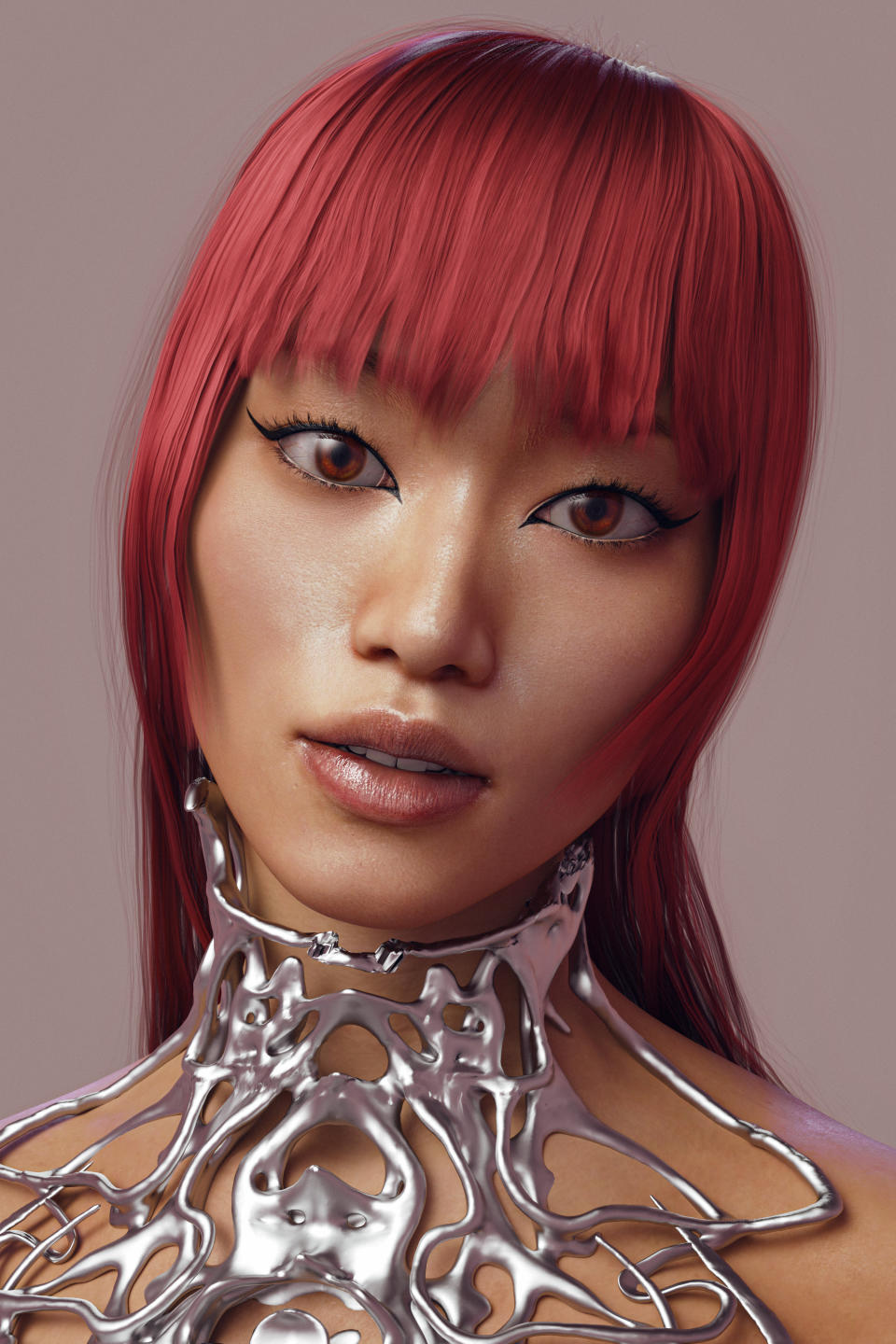
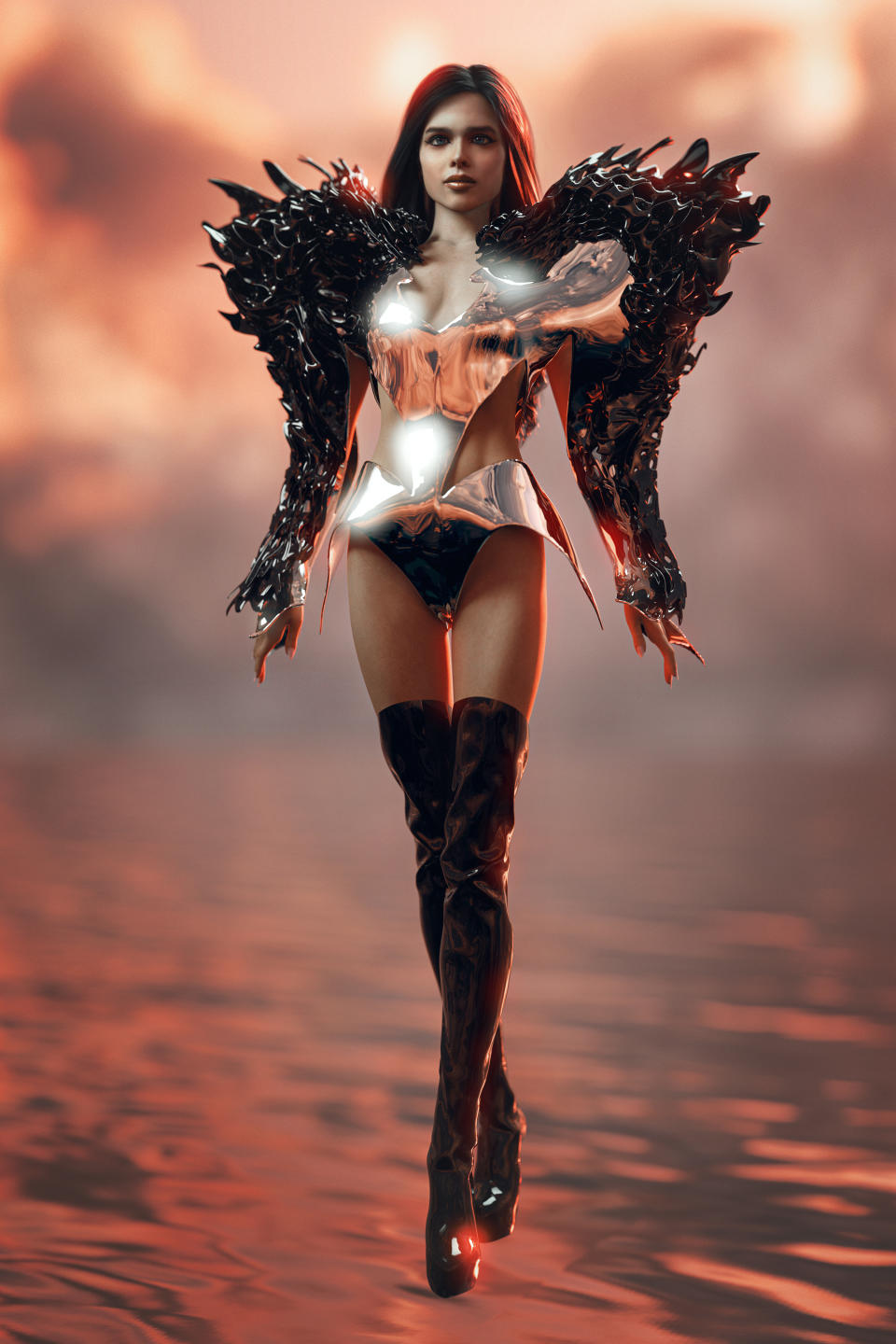
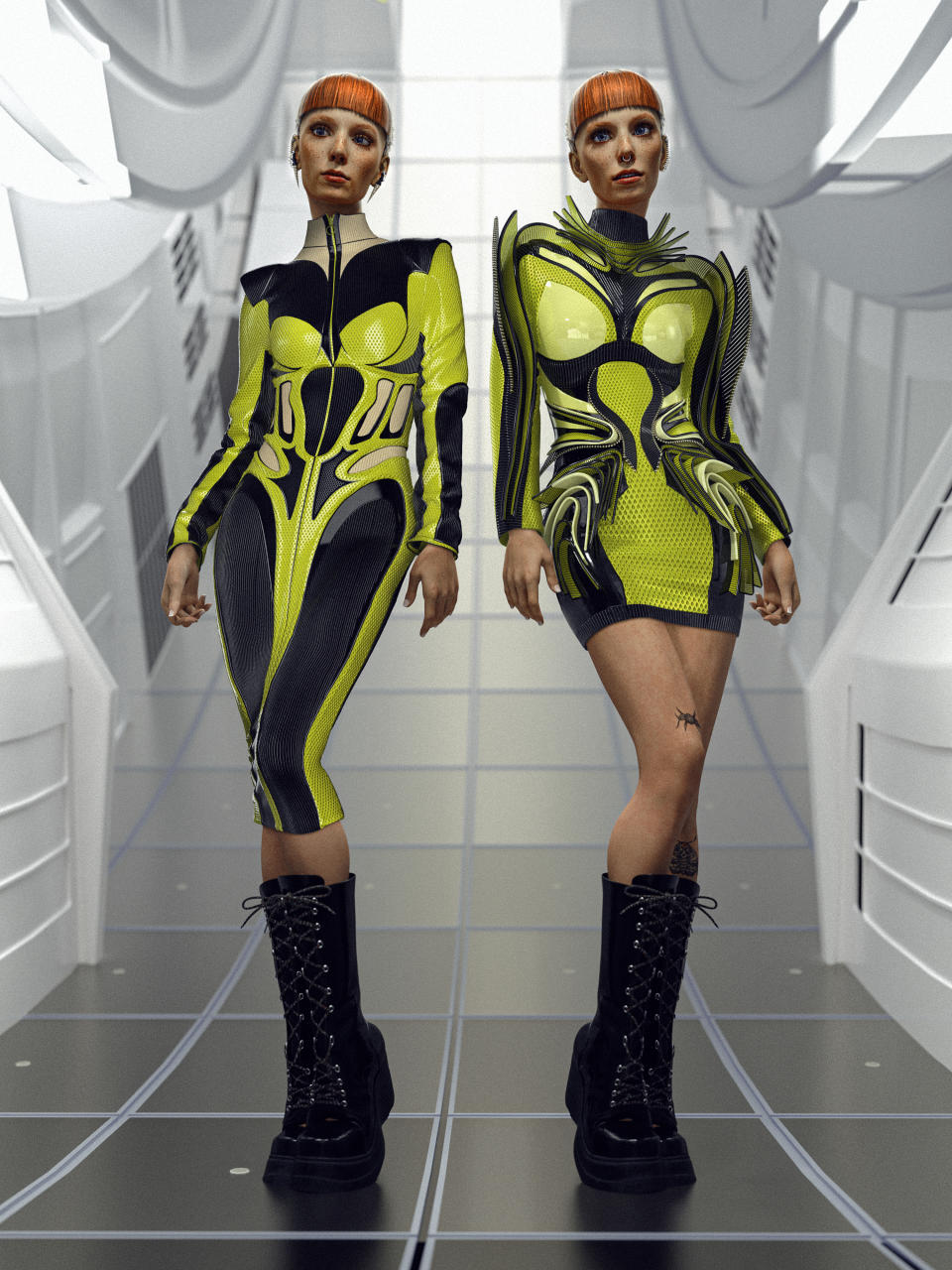
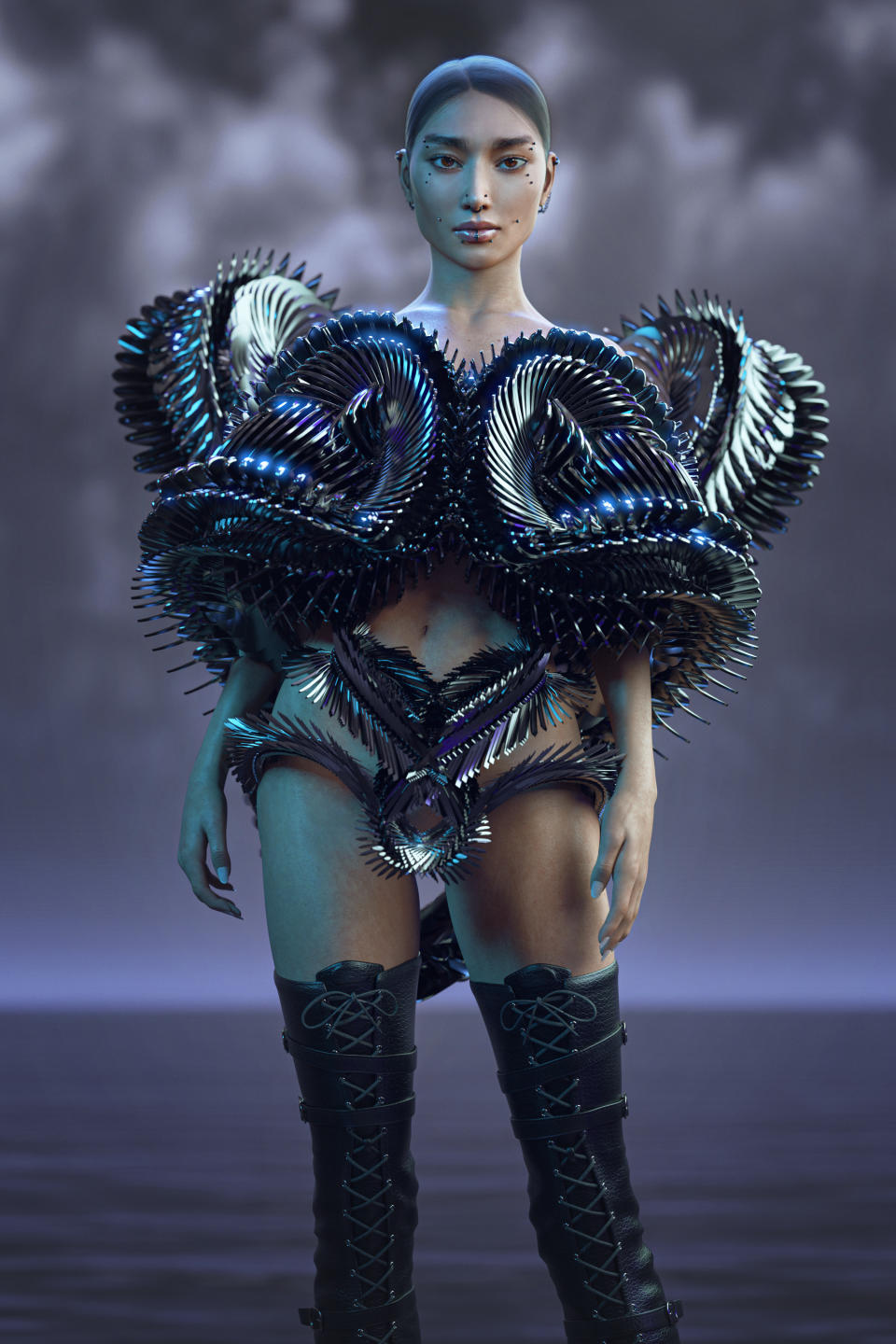
“I’ve been creating in the fashion world for the last 10 to 12 years, and I also used to model and still model sometimes as well,” said Hawkins, whose experience spans Dior x L’Officiel, Netflix and Time magazine, as well as digital brand collabs with Dress X, Nusi Quero, Spatial and others across the art and NFT worlds.
She describes her work with Morei, Bordeaux and creative director Melanie deJesus as “blurring the lines between what’s real and what’s not,” she added. “It’s just a beautiful bridge between art and tech and fashion.”
Morei, who runs his own video and animation production company, Horizon Lab, brings a filmmaking eye to the way the models move. Creating the animations are “a truly fascinating process,” he said. “Pretty much all of the lessons that you can learn on real-life productions you can actually apply to working with the avatars,” from lighting them, configuring camera settings, angles and dialing it all into who they are and how they need to be presented.
Of course the Photogenics avatars aren’t plug-and-play. Fashion brands can’t “hire” them to tour Decentraland, Spatial.io and Roblox, like human models could travel across Europe and Asia.
That suits cofounder Bordeaux just fine, at least for now.
“The purpose of creating this division and these avatars is for campaigns, for the designers. That was the main thing, not really to be in Decentraland or The Sandbox,” she said. “And then eventually, we’ll evolve it into a bigger division — which would be not only the avatars and our metaverse division, but we’d also have NFTs and 3D designers, probably some sort of a game as well.
“Because [graphics in] the gaming industry looks more realistic.”
For Photogenics, which is targeting luxury fashion, sophistication matters. In graphics, that translates to realism. But none of the major Web 3.0 platforms can support the level of quality the agency envisions. Even if they did, limitations in bandwidth and device hardware could make for a laggy, frustrating experience. That’s why premium MMOs, or massively multiplayer online games, often rely on desktop software instead of web browsers, especially for action titles. It also explains PC gamers’ constant hunt for better graphics cards.
Bordeaux believes that it’s just a matter of time until the metaverse matures enough to support high-quality aesthetics. In the meantime, her Avatar Division is focusing on custom, purpose-built campaigns in places like brands’ websites, social media videos and other contexts, with avatars showing up for shoots, drops, wearables, events and other virtual modeling jobs.
Photogenics is not the only agency focusing on models styled more by bits and bytes than fabric or cosmetics. Last year, CAA even signed Jenkins the Valet from the Bored Ape Yacht Club NFT. But the gap between these and other approaches could shine a light on a rather complex, multifaceted scenario, one that has been building for years, but Web 3.0 could accelerate.
Before Paris, Milan and Manhattan had even heard of the word “metaverse,” computer-generated supermodels like Shudu Gram, Lil Miquela and others captivated maisons with their impressive realism and futuristic innovation. In a few short years, digital fashion models have gone from flight of tech fancy to bona fide business opportunity.
With the rise of the metaverse and the digital people within it (or creatures, in the case of Jenkins), fashion houses have a unique choice that simply isn’t available in real life: Brands can design new avatars from scratch, creating them to suit their clothes, or go with digital replicas of human models that can evoke the originals’ backstories, causes and other interests — minus the sick days, traveling expenses or other snafus.
Using the likenesses of real people can get complicated, of course. Photogenics gets around that by owning the rights to its avatars, while sharing revenue with the people they’re based on. One of the firm’s stated goals is “reimagining how models can monetize their value beyond the physical world,” which is an intriguing proposition, especially for models interested in sustaining an ageless career in virtual form.
In a relevant and seemingly prescient conversation with WWD last year, model Sinéad Bovell shared concerns about the impact of digital beings on the modeling industry. At the time, in the lead-up to her appearance in a 2021 PBS documentary on artificial intelligence in the fall, she admitted that such tech can feel threatening for careers like hers.
Bovell is not a luddite. In fact, as a futurist who was appointed to the United Nations International Telecommunications Union Generation Connect Visionaries Board, she understands the need for innovation, clocking fashion retail’s growing appetite for intelligence, chatbots and more.
“It’s just never been particularly pointed at our job,” said Bovell.
Her advice to working models today would likely be music to Photogenics’ ears: “Start preparing for the future of work,” she advised. “Maybe that means looking into an avatar for yourself, as we see more CGI [computer generated images] in digital constructs being used in runway shows and such.
“And then of course, really try to bolster the one thing that an AI model can never have, and that’s a human story.”
Although Karl Lagerfeld wasn’t a model, that’s one thing his towering avatar had in spades.


